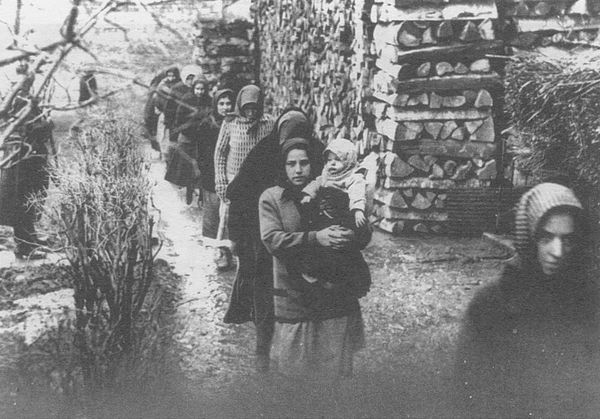The Tiszazug Poison-mixers: A dark chapter in Hungarian criminal history

The story of the Angel Makers of Nagyrév, or in other wird, the Tiszazug Poison-mixers remains one of the darkest and most shocking episodes in Hungarian criminal history. In the 1910s and 1920s, hundreds of women in the isolated villages of Tiszazug turned to arsenic to escape hopeless circumstances—abusive husbands, sick relatives, and unwanted children were among the victims.
The grim story of the Tiszazug Poison-mixers
In the early 20th century, Tiszazug—a remote region in the Great Hungarian Plain—became the scene of a chilling crime wave, remembered as one of Hungary’s most disturbing criminal cases. As Refresher reports, for nearly two decades, a group of women across the villages of Nagyrév and its surroundings used arsenic to cope with unbearable conditions: violent husbands, ailing or elderly family members—and in some cases—their own children.
A key figure in this tragic saga was local midwife Zsuzsanna Oláh, known as Mrs. Gyula Fazekas, who made and sold the poison that came to be infamously known as “fly water.” The wave of killings was driven by extreme poverty, domestic abuse, and a sense of total powerlessness in a patriarchal and isolated society. For many women, poison seemed the only way out.

In these Tiszazug villages, women’s lives were often predetermined—forced marriages, brutal husbands, and no legal path to divorce were the norm. The world wars only worsened conditions, with local men sent to POW camps and foreign soldiers taking their place, sparking clandestine affairs for many women.
The lack of contraception, unwanted pregnancies, widespread poverty, and the suffocatingly closed nature of rural life created a tense and oppressive atmosphere. In this bleak reality, the midwife played a central role in not only delivering babies but also performing secret abortions—and, as it turned out, aiding in murders. “Fly water” was a readily available poison, easily slipped into Sunday lunch or afternoon coffee.
How it eventually became an international scandal
The Tiszazug case exploded in 1929 when an anonymous letter prompted authorities to launch an investigation. More than 160 exhumed bodies tested positive for arsenic. Although some of the accused—among them Mrs. Fazekas—committed suicide, 28 women were put on trial, linked to a total of approximately 162 murders. Experts estimate the true number of victims may have reached 300, though many cases remain unsolved due to a lack of evidence.
During the trial, many defendants tried to shift the blame onto the now-deceased midwife. Others described the poison as a “remedy” for daily survival, a desperate escape from abuse. The media turned the Tiszazug affair into a nationwide—and international—sensation, and the women quickly became labeled as “black widows,” “demonic women,” and “husband killers.”
New research offers a deeper perspective
While the Tiszazug murders may initially sound like a grisly horror story, later research paints a more nuanced picture. A combination of poverty, sexual and social repression, and constant abuse created lives so miserable that, for many women, there seemed to be no alternative.
Researchers from Eötvös Loránd University and historian Mónika Mátay have highlighted the deep-seated societal issues behind these women’s actions. The Tiszazug case is not merely a cautionary criminal tale—it’s a mirror of an entire era, reflecting the tragic fates of women, their survival strategies, and the devastating silence of their communities.
To read or share this article in Hungarian, click here: Helló Magyar
Read more Hungarian history-related stories on Daily News Hungary.
Read also:







